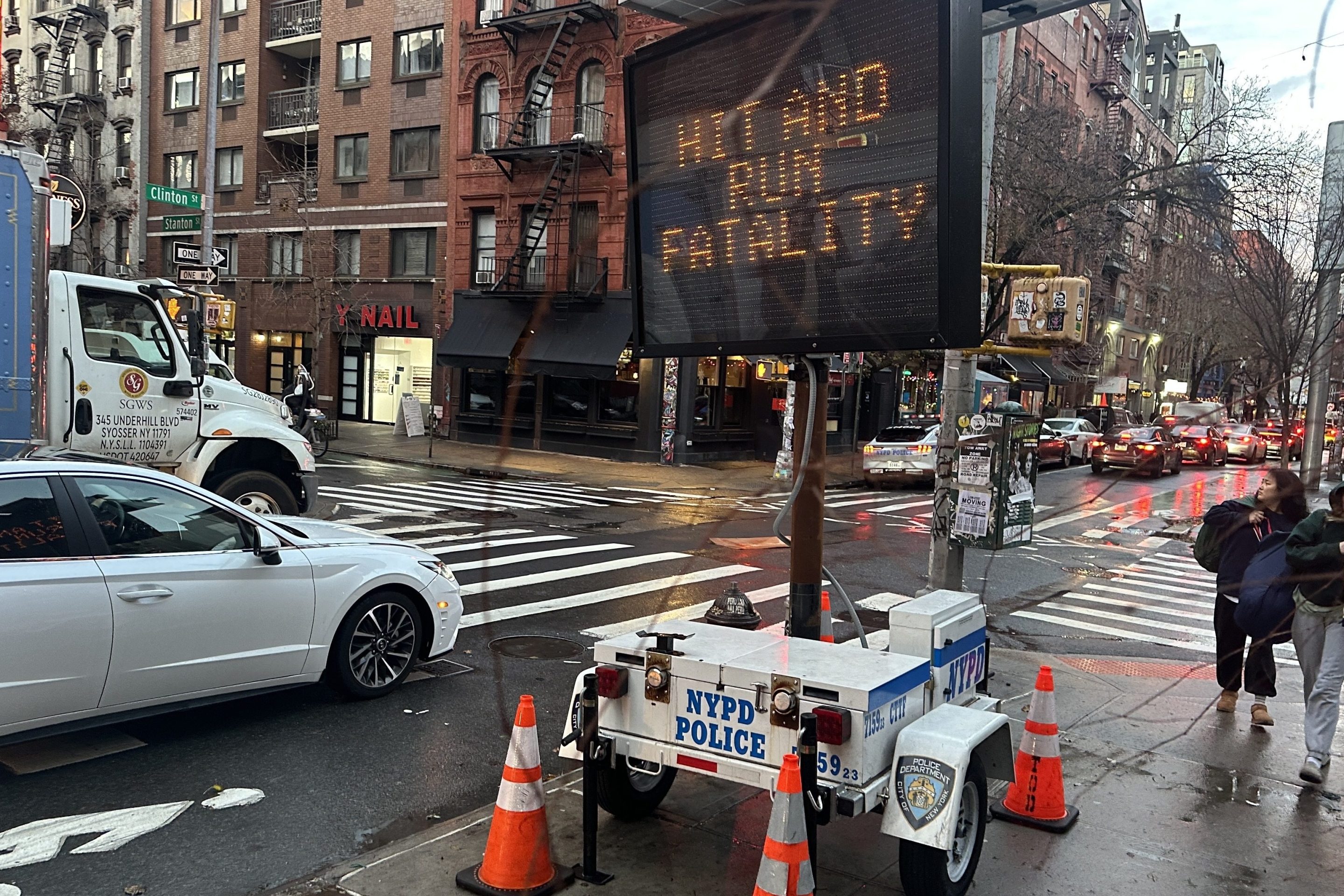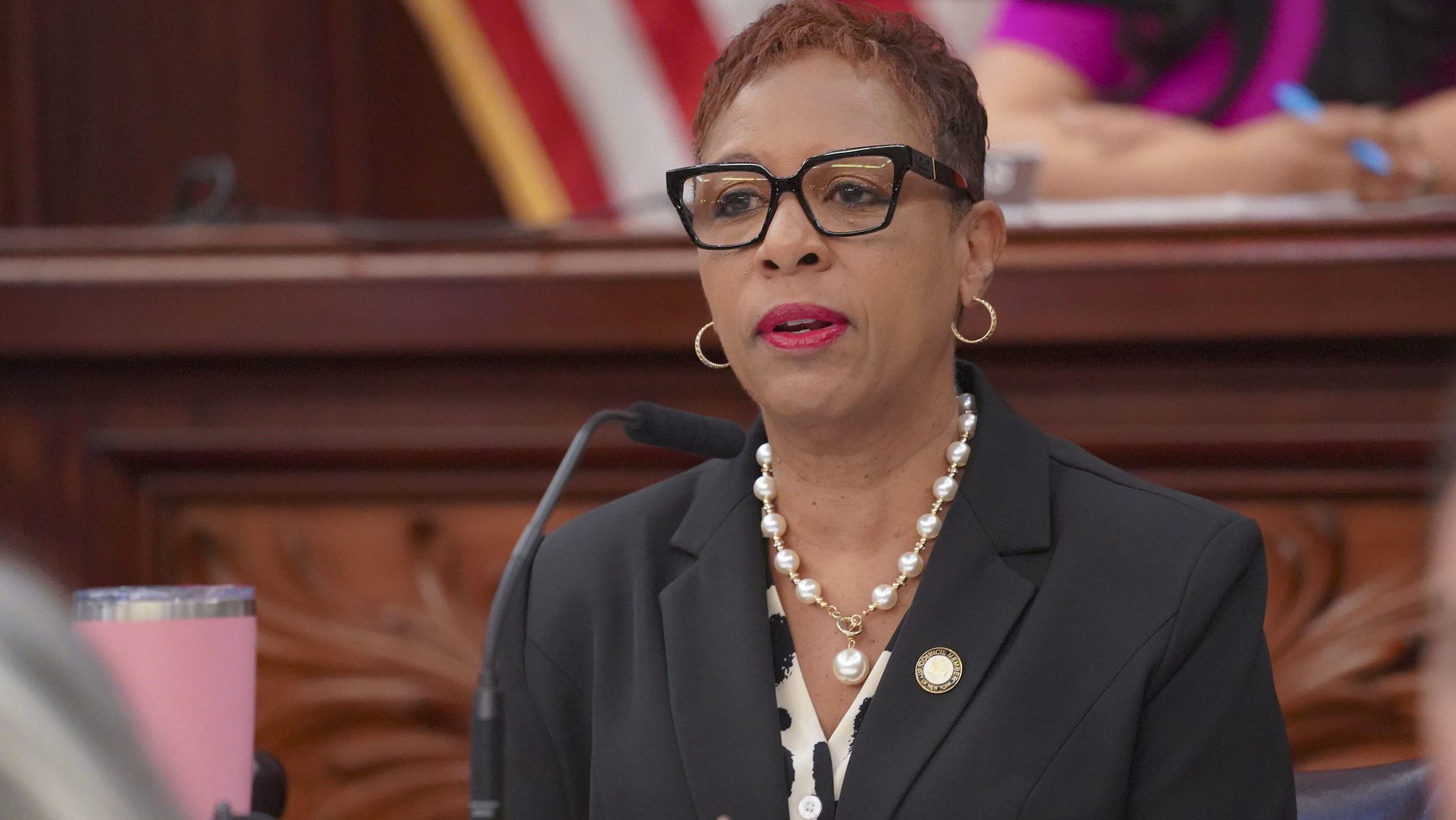
Gothamist dropped a bombshell earlier this week: To repair Sandy-inflicted damage to the L train tubes between Manhattan and Brooklyn, the MTA will have to suspend service through the tunnel for large chunks of time.
The repairs can get done fastest if the MTA halts service around the clock, but that would still last one to two years, according to Ben Kabak at Second Avenue Sagas. The agency can maintain some service by doing the repairs one tube at a time, but that would drag out the process to at least three years.
Either way, we're talking about a significant hit to transit capacity that will affect hundreds of thousands of people -- on peak days there are close to 300,000 trips through the tunnel.
Mayor de Blasio told reporters yesterday that this isn't the city's problem since the state runs the MTA. That argument makes sense in many cases, but not this one. Regardless of how the MTA conducts the repairs and adjusts service on other lines, the city will have to play a large role in planning for this shock to NYC's transportation system.
After Sandy knocked out a huge portion of the city's downtown subway network, the city and the MTA teamed up to repurpose streets and bridges for high-capacity bus service, including buses that took riders over the Williamsburg Bridge. Some sort of service like that will have to happen again while the L train tunnel is repaired.
Tops on the list of street improvements has to be a Williamsburg Bridge bus lane, as Ben mentions in his post.
Other steps will have to be taken to improve non-automotive travel between northern Brooklyn and Manhattan -- and much of this can stay in place after the repairs are done:
Better approaches for the Williamsburg Bridge bike path. A center-median protected bikeway on Delancey Street would enable more bike travel over the Williamsburg Bridge, and so would a bikeable Meeker Avenue, with short connections on Marcy Avenue and Rodney Street. DOT hasn't included bike lanes in its Meeker Avenue safety plan so far -- the L train disruption should change the agency's calculus.
Bike-and-ride parking. For most L train riders, walking to the J/M/Z or the 7 won't feel like a great alternative, but biking to those subways is very doable. Massive increases in bike parking will extend the accessibility of subway lines for riders stranded by the L.
Citi Bike. Beefing up bike-share capacity in the affected neighborhoods will take some stress off the system.
That's a start. How else would you like to see streets change so people who count on the L aren't stranded?





